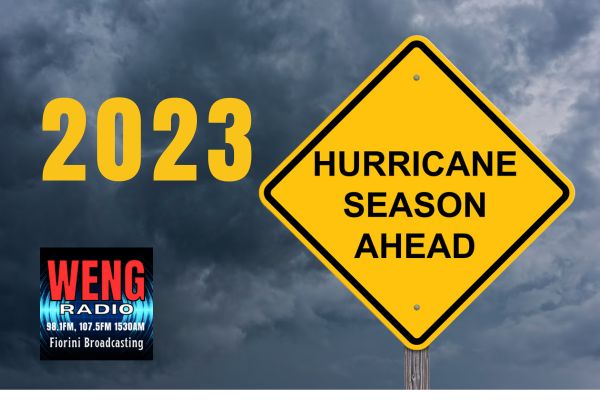
As the calendar flips to June, meteorologists around the globe are closely monitoring the commencement of the highly anticipated hurricane season for the year 2023. The season officially began today, signaling the start of a period when tropical cyclones are most likely to form in the Atlantic Basin, Caribbean Sea, and the Gulf of Mexico. Weather experts are cautioning residents and authorities to remain vigilant as initial predictions suggest an possible active hurricane season lies ahead.
The National Hurricane Center (NHC) and leading meteorological agencies have released their forecasts, and all indications point to an above-average hurricane season. Several factors contribute to the anticipated increased activity, including the absence of an El Niño event, warmer sea surface temperatures, and reduced wind shear in the Atlantic region. These conditions create a conducive environment for tropical systems to develop and intensify.
Meteorologists predict that the 2023 hurricane season could witness an above-average number of named storms, hurricanes, and major hurricanes. Initial estimates project the occurrence of 18 to 20 named storms, of which 8 to 10 could intensify into hurricanes. Furthermore, 4 to 6 of these hurricanes may reach major hurricane status, characterized by sustained winds of 111 miles per hour (178 km/h) or higher.
Dr. Rebecca Thompson, a renowned meteorologist, explains, “The absence of El Niño conditions this year allows for warmer sea surface temperatures, which serve as the fuel for tropical systems. We’re also observing reduced wind shear, which is the change in wind direction and speed with height. These combined factors increase the likelihood of hurricane formation and potentially lead to stronger storms.”
Preparations are already underway in coastal regions as communities gear up to mitigate potential risks. Local emergency management agencies are urging residents to review their disaster plans, replenish emergency supply kits, and familiarize themselves with evacuation routes and shelter locations.
The NHC, in collaboration with international weather organizations, will continue to closely monitor and track developing storms throughout the hurricane season. State-of-the-art satellite technology, as well as hurricane reconnaissance aircraft, will be deployed to gather critical data about storm systems. This information is vital for accurate forecasts and timely warnings, helping communities make informed decisions to safeguard lives and property.
In recent years, hurricanes have left a devastating impact on several regions, underscoring the importance of preparedness and resilience. Authorities are urging citizens to take all necessary precautions and stay informed through reliable sources such as local weather services and emergency management agencies.
While it is impossible to predict the exact path and intensity of individual storms at this early stage, it is crucial for residents in hurricane-prone areas to remain proactive and prepared throughout the entire season. With the collective efforts of meteorological experts, emergency responders, and the public, it is hoped that the impact of potential storms can be mitigated, ensuring the safety and well-being of communities in the face of nature’s fury.

